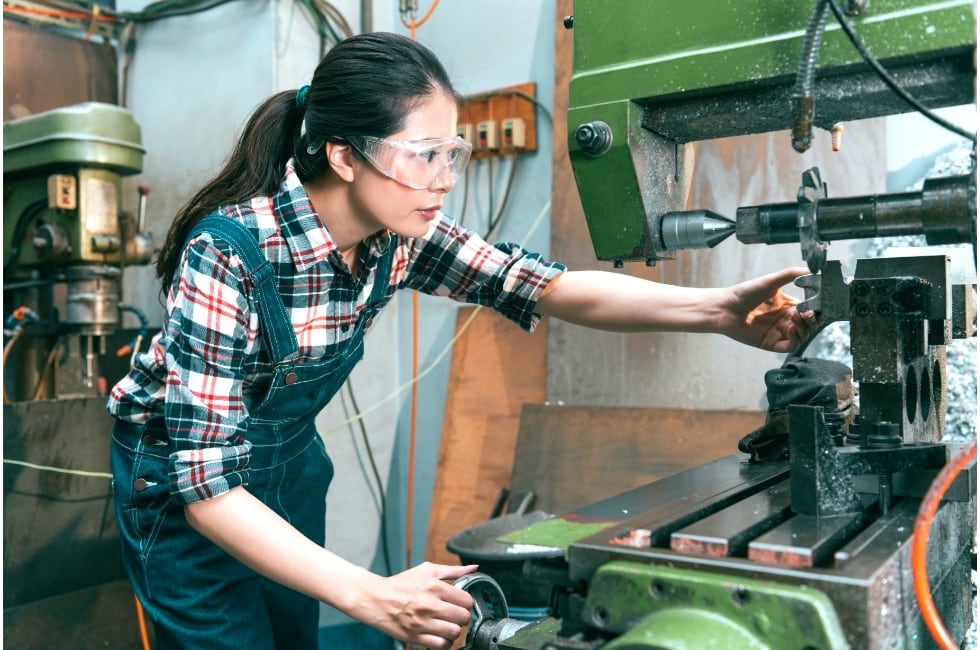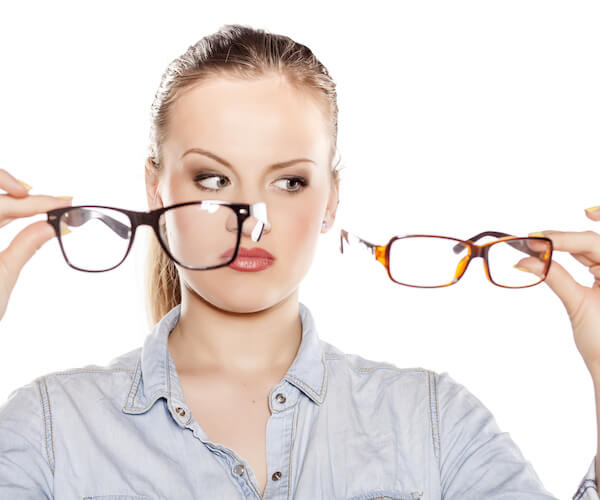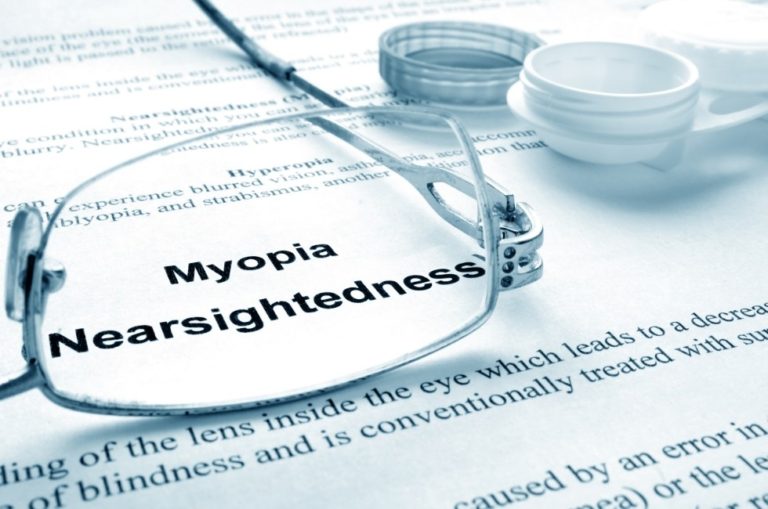After an accident, it’s all too easy to say that workplace hazards should have been handled better. But preventing accidents at work – spotting hazards and countering them before anyone gets hurt – will always be first prize. So says Gary Rodney, a behavioural optometrist who assists businesses with vision-related questions pertaining to the workplace.
The most serious workplace eye injuries are likely to occur in specific work environments. When there’s dust, compressed air, tools, and especially power tools, extremely bright light or UV light, or work involving the use of chemicals, eyes can be at risk, and eye protection will be especially important.
“We’re usually looking at situations in which the surface of the eye gets scratched, foreign bodies become embedded in the eye, the eye is punctured, or chemicals have burned eye tissue. Welding flashes give off very bright UV light, and they’re also responsible for many eye injuries in the workplace.” says Gary.
Effective Eye Protection
Effective eye protection in the workplace isn’t just a matter of identifying areas where it’s needed and making sure it’s available – although that’s a good start. “Both employers and employees need to be educated and aware,” says Gary. “There are often instances in which eye protection is provided, but not worn, or the eye protection is inadequate, incorrect, or poorly-fitting.”
“Making employers and employees aware of workplace hazards, and sustaining that awareness is very important. When people work in hazardous situations every day, it becomes the norm. They get careless, and that’s a very dangerous state of affairs.”
“Once there is awareness coupled with the provision of adequate eye protection, and a safety-oriented workplace culture that enforces the use of safety equipment and safety protocols, the risk of eye injuries in the workplace is substantially reduced.”
Identifying Suitable Eye Protection Options
Choosing the right eye protection to use at work is rather more complicated than it may initially seem. As a basic guideline, it should comply with Australian Standards which cover the types of safety gear that should be used to guard against impacts (high, medium, or low), dust, chemical handling accidents and UV light from welding equipment.
Apart from being effective, the equipment should also be comfortable and fit well. “Personal Protective Equipment (PPE) should ideally be just that – personal,” says Gary. “If it’s comfortable to wear, there’s a greater chance of compliance. As an employee, you should ask for help if you feel that your equipment isn’t right for you. For example, if you wear glasses, your eye protection should fit over them, and if there’s a chance of chemicals or debris entering your eyes from the sides, there shouldn’t be any gaps.”
Risk Assessment, Eye Protection, Compliance
The three steps towards reducing the chance of workplace injuries are the same regardless of the type of accidents that is being guarded against. Knowing where the risks are is the first step, the provision of adequate protective equipment is the next one, and compliance in using it closes the loop.
“Your eyesight is too important to risk because you don’t want to engage with workplace safety officers or simply don’t feel like wearing your PEE,” says Gary. “Take the necessary steps, report problems, and be informed as to what to do in the event of an accident.”
HEAR: Ultra106.5FM Interview with Gary Rodney – Covid and Myopia: What you need to know!
For more information on eye injuries and impairments, and how they can be treated, or to make an appointment for a regular eye check, visit the Smart Vision website: Optometrists Sydney: Optometry Services For Children and Adults | Smart Vision; for specific information about Myopia treatment and prevention visit Myopia Prevention: Solutions, Control And Treatment In Sydney; and for detailed information about Myopia Treatment visit Orthokeratology In Sydney: The Non Surgical Alternative.
Safeguard Your Vision
Schedule Your Vision Skills Assessment Today!







